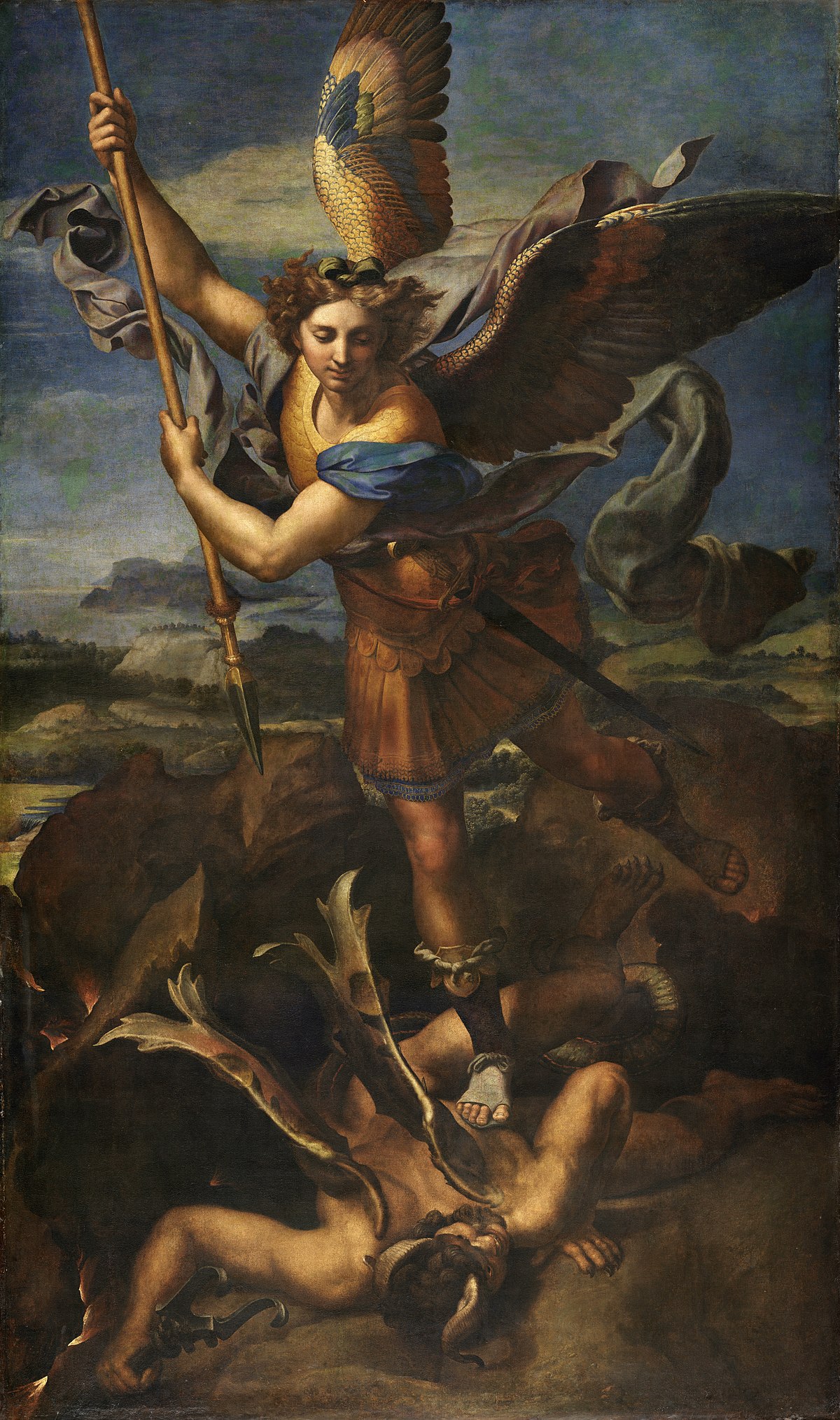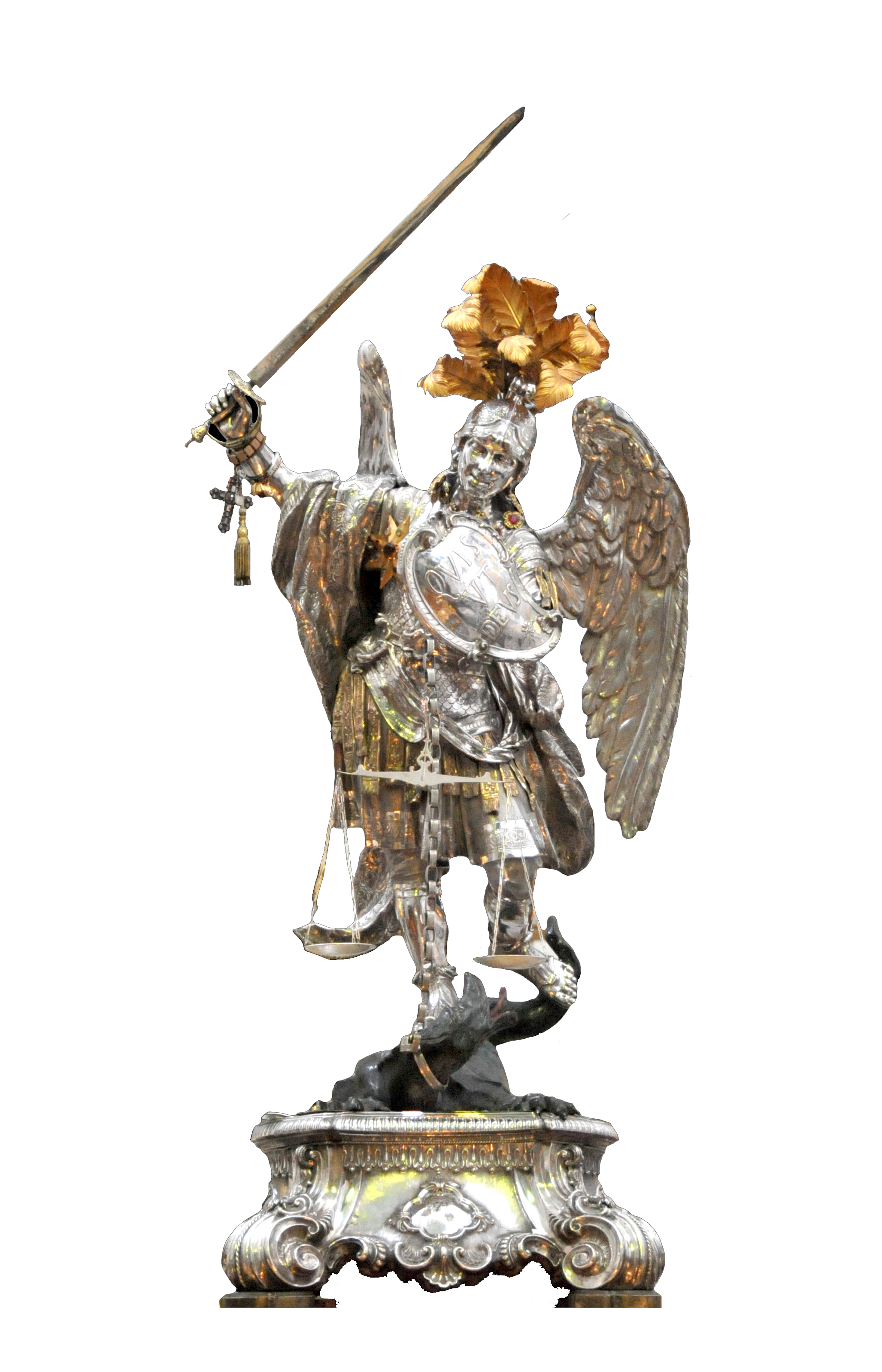The cult of St. Michael

The cult of St. Michael is very old. Some historians of religions believe it is prior to that of the God of Abraham, with which it was then to merge. In this way St. Michael’s cult became the main collaborator as Super-strategist, that is, commander-in-chief of the groups of angels committed to defending humanity from the traps of Lucifer and his followers.
The cult is universal, as it is common to Jews, Christians, Muslims, and was born between the Arabian Peninsula and Palestine where the first known sanctuary to the Archangel is located.
Everyone venerates St. Michael as a fighter for good, miraculous thaumaturgist, healer, psychopomp, liturgist.
The cult of St. Michael spread all over Europe thanks to the arab Arab Christian armies that the Byzantines employed together with barbarian troops of Germanic and Slavic descent such as Goths, Longobards, Vikings, Bulgarians, who came to know St. Michael this way and became his faithful worshippers. In Campania the devotion became infinite and unstoppable thanks to two resounding victories of the Longobards over the Byzantines.

San Michele sconfigge Satana - Raffaello Sanzio, 1518

The first victory, against the troops of the Emperor Constant who had besieged Benevento, was favoured by the conversion of the Arian Longobards from Benevento to Catholicism, and brought the famous sanctuary of Mount Gargano as a dowry to the bishop of Benevento. Then, on St. Michael’s day, the Capuan Longobards obtained the victory with a mad and practically suicidal counterattack of only a few men against thousands of Greek-Byzantine soldiers from Naples. This was, or seemed to be, St. Michael’s miracle. As a result of this, the saint saw his role as protector confirmed. The pilgrimage to Mount Gargano pervaded the Early Middle Ages: for centuries humble worshippers from all over Europe, but also princes and kings, went to the Sacred Grotto that the Archangel himself had consecrated. Queen Ansa, wife of Desiderius, the last Longobard king deposed by Charlemagne, created a “network of roofs”, that is hostels for pilgrims in Italy. This network made the Great Angel’s Trail a sign of European civilization.